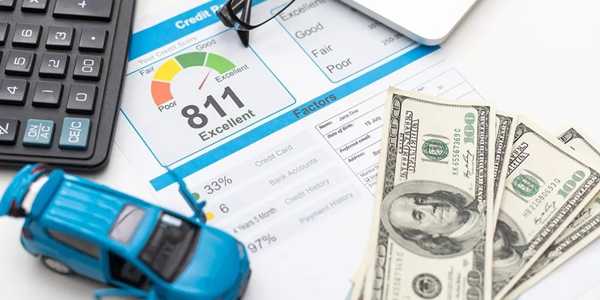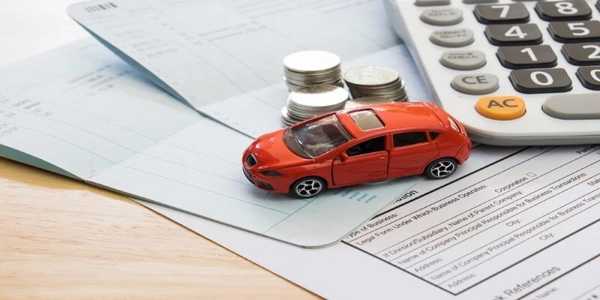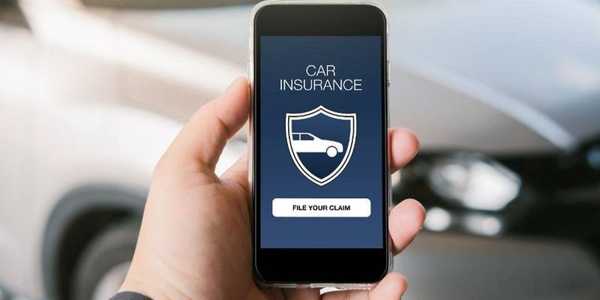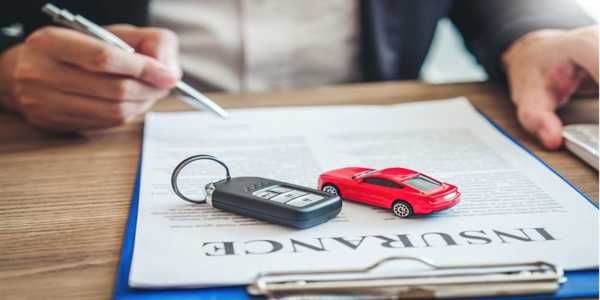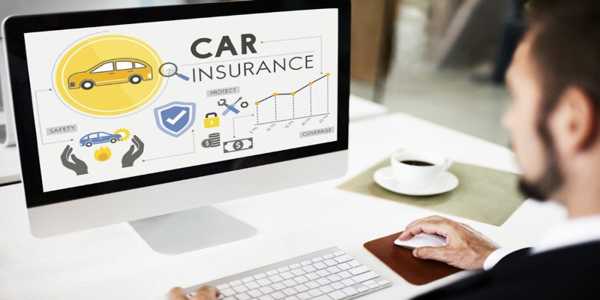What Is Gap Insurance And When Is It Necessary?
Navigating the world of car purchases can be daunting, especially when it comes to understanding the myriad of insurance options available. One critical component that often goes unnoticed is gap insurance—a safety net designed to protect your financial investment.
Consider this: if your new car is involved in an unfortunate accident and the value plummets, you could be left covering the difference between what you owe and what the car is worth. Without gap insurance, that gap becomes a painful financial reality. This crucial coverage provides peace of mind, ensuring that your hard-earned money is protected in the event of an accident.
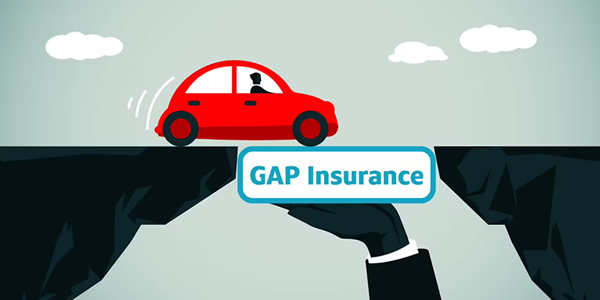
Understanding gap insurance is essential for anyone stepping into the car-buying arena, as it equips you with the knowledge to make informed choices about your coverage needs and financial protection against unexpected losses.
Gap Insurance
Gap insurance, also known as Guaranteed Asset Protection (GAP) insurance, is a specialized form of coverage designed to protect car owners from financial loss when their vehicle is totalled or stolen. Suppose an insured vehicle is declared a total loss. In that case, gap insurance helps cover the difference between the amount owed on any financing or lease agreements and the vehicle's actual cash value at the time of the loss.
For illustration, imagine purchasing a new car for $30,000, but after a year, its market value drops to $20,000. If you are involved in an accident and your insurance pays $20,000 for the car, but you still owe $25,000 on your loan, gap insurance would cover the remaining $5,000, sparing you from the burden of an unexpected out-of-pocket expense.
It's crucial to distinguish gap insurance from standard auto insurance. While regular coverage pays for the current market value of the vehicle at the time of loss, it doesn’t account for any outstanding loans, potentially leaving you with significant financial exposure. Particularly for buyers of new cars or those with high loan amounts, gap insurance functions as a financial safety net.
A firm grasp of these differences can help car buyers assess their insurance needs and make informed decisions about financial protection.
Why Gap Insurance Is Necessary
Gap insurance becomes critically important in several scenarios, particularly for individuals leasing vehicles or making low down payments. When renting a car, for instance, you are often responsible for the car's full value in the event of a total loss. However, if the vehicle is totalled in an accident, your standard insurance policy covers only its current market value—which may fall short of the agreed-upon lease payoff amount. This disconnect can result in lessees facing unexpected financial burdens.
For instance, Sarah, a recent college graduate, leased a brand-new SUV with a minimal down payment. Just six months later, she was involved in a minor accident that resulted in her car being declared a total loss. Her comprehensive insurance provided only $20,000, while her lease agreement specified a buyout of $25,000. Fortunately for Sarah, her gap insurance covered the $5,000 difference, alleviating her financial Stress during an already challenging time.
Moreover, the rapid depreciation of vehicles highlights the need for gap insurance. Studies have shown that new cars can lose up to 20% of their value within the first year of ownership. By the end of the third year, a vehicle's value can drop to as low as 40% of its original purchase price, leaving buyers vulnerable if the worst were to happen. Without this safety net, individuals like Sarah could face daunting financial consequences, making it essential for drivers to carefully assess their insurance needs and consider gap coverage for added assurance when financing or leasing a vehicle.
Assessing Your Need For Gap Insurance
When considering the decision to purchase gap insurance, several personal factors come into play. Start by asking yourself whether your vehicle is financed or leased. If you owe more on your car than its current market value, gap insurance could be particularly advantageous.
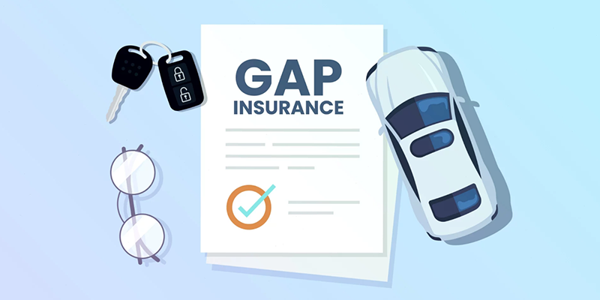
Next, consider the amount of equity you have in your vehicle. If your car's value is significantly lower than your outstanding loan balance, gap insurance protects you from possible financial losses in the event of an accident or theft.
You should also evaluate your driving habits. Are you prone to accruing negative equity? Driving a vehicle for an extended period or covering extensive mileage may increase this risk, indicating a greater need for additional coverage.
Timing is another critical factor to consider when purchasing gap insurance. You should secure it during the car-buying process at the dealership before you drive off the lot. This guarantees that you are adequately covered from the moment you take possession of your vehicle, optimizing its usefulness.
By taking these factors and questions into account, you position yourself to make an enlightened decision regarding the need for gap insurance in your specific circumstances.
Alternatives To Gap Insurance
While contemplating alternatives to gap insurance, buyers may explore approaches such as making larger down payments or maintaining comprehensive auto insurance. By committing a larger amount upfront, car buyers can reduce the total amount financed and thereby lower the risk of ending up in debt beyond the vehicle's actual value. Comprehensive auto insurance can provide more exhaustive coverage by protecting against a variety of damages beyond collision, yet it does not directly address the financial gap in total loss situations.
However, these alternatives alone are insufficient to replace gap insurance completely. Solely relying on a larger down payment can still leave buyers exposed should their vehicle depreciate faster than anticipated. At the same time, comprehensive insurance will not mitigate the loan balance difference if the car is totalled. Thus, it's essential for buyers to weigh these options against their financial circumstances and to remain conscious of the risks associated with inadequate protection.
Ultimately, while these strategies may indeed reduce risk, they do not provide the same level of financial security as gap insurance, especially in the event of an unforeseen loss.
Safeguarding Your Financial Future With Gap Insurance
By recognizing the importance of gap insurance, you can significantly mitigate the financial risks associated with owning a vehicle. This specific type of coverage safeguards you against the pressures of owing more than your car is worth in the event of an accident or theft. As you consider your financial situation and the choices involved in car ownership, take the time to analyze how gap insurance may fit into your insurance strategy. Evaluating your needs and consulting with a professional can provide valuable insights that help you secure a more protected financial future.
